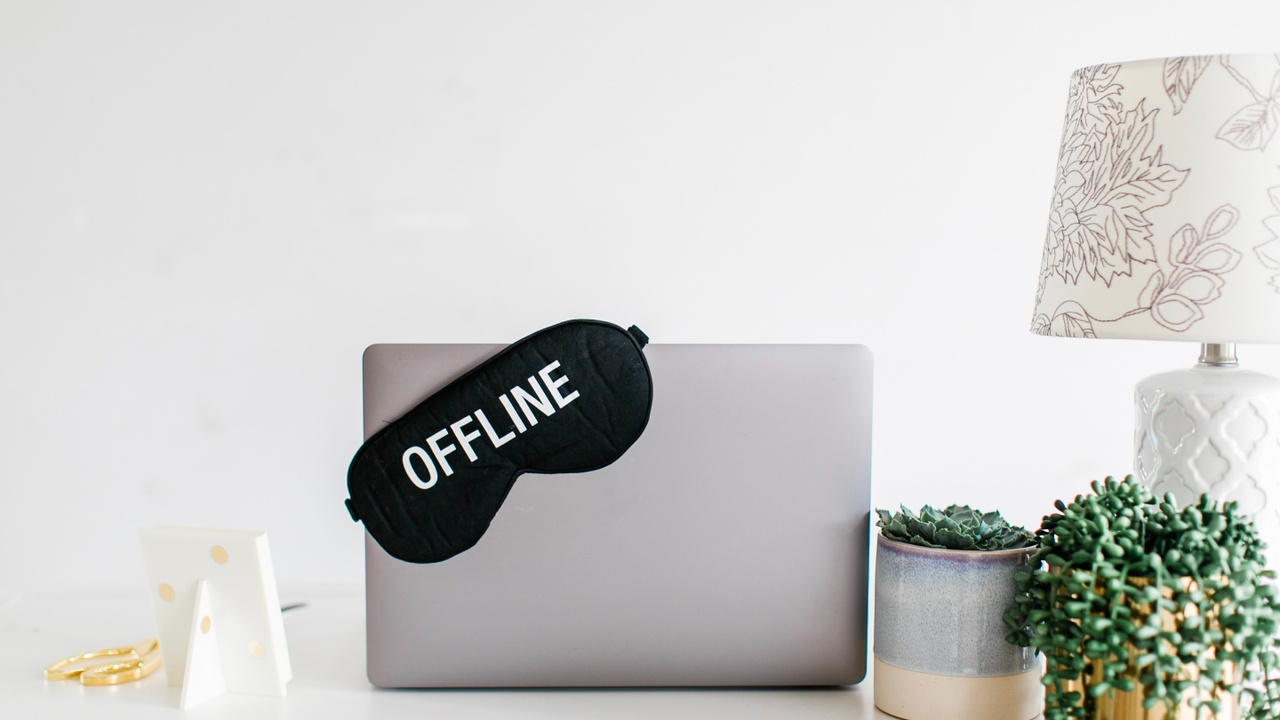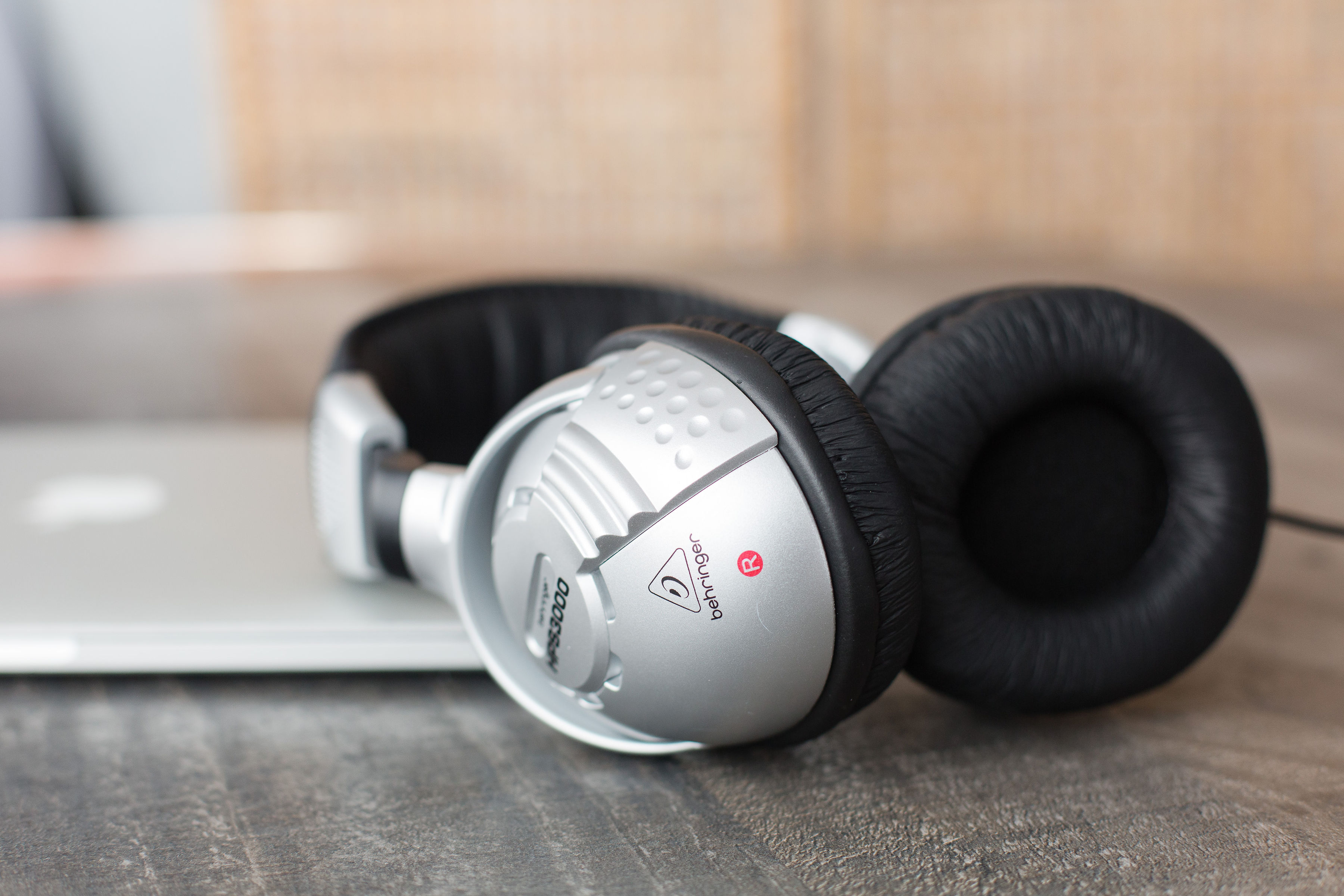Skill building: Better focus. Better breaks.
Mar 29, 2022
Today’s post focuses on two related but complementary concepts: Focus and Breaks. Both are essential to productivity and effectiveness. Both are also essential to wellbeing. To introduce them, let’s talk about the Pomodoro Technique.
The Pomodoro Technique is a time management technique first developed in the 80s by Francesco Cirillo. It goes like this: First, decide on a task to be done, like creating a presentation, writing a report, outlining a project, or whatever is on your to do list. Set a timer for 25 minutes. During those 25 minutes, do uninterrupted work on that task. When the timer dings, switch to 5 minutes of break time. No matter what, you MUST stop. Even if you’re in a groove and you’re in flow. Those 5 minutes must be spent not working: staring outside a window, going for a walk, stretching, having a conversation. Then you start over. Usually the Pomodoro technique stacks two to three Pomodoros back to back, determined either by the amount of time you have available, or by the amount of Pomodoros you anticipate a task will take. Pomodoros are also indivisible - if a Pomodoro is interrupted, the interruption must be resolved or the Pomodoro must be abandoned.
Many writers swear by the Pomodoro technique (present company included), because it works.
Why Focused Work?
Our lives are more fragmented and distracted than ever. In a recent blog post, we talked about digital distractions being a common hidden time destroyer. On average, Americans look at their phones every few minutes. On top of that, most work environments are ripe with opportunities for distraction: email chimes, instant messages, and in office environments colleagues walking by to ask a question. According to this neat infographic by Atlassian, workers check their email 36 times an hour, and then take 16 minutes to get back to being focused.
It’s intuitive that these constant distractions aren’t compatible with the kind of focused work and progress that feels meaningful and rewarding. This positive psychology paper describes the productive, effective state of work as “Flow”, and defines it as “a state in which people are so intensely involved in an activity that nothing else seems to matter”. Not surprisingly, Flow is linked to improved productivity. The same paper also pointed to improved mood, morale and collaboration for employees in organizations where Flow was more frequently found.
When you take a look at your average day, how often do you find space for focused work? Can you identify spots in the last week where you were able to produce uninterrupted work for at least 25 minutes? Can you find examples of spaces where you experience Flow? Most don’t.
Tips for booting Focus
Creating opportunities for focused work takes a little pre-planning, and some effort. Here are some tips to find more Flow in your own work life:
- Block your calendar: Identify blocks of time where you will do focused work, and protect this time from meeting interruptions.
- Leverage DND: Turn on the “Do Not Disturb” function on your devices, or better yet, turn off your mobile phone and close your email and chat browser windows. Quiet any chimes or notifications that might lure you away from your work. If you’re concerned that this will make you inaccessible in case of emergency, most phones allow you to set up a “Do Not Disturb” profile that still enables certain predetermined contacts to come through (for example, your kid’s school).
- Choose a quiet setting: Where can you work for a continuous block free from interruptions? If you have the option to do so, select a physical location that minimizes interference, preferably somewhere with a door you can close (or lock), or use a door hanger or door privacy sign to signal whether it’s ok to interrupt.
- Run physical interference: You may not have access to a private room or office, but you can nevertheless signal to those around you that interruptions are not ok. Over the ear noise canceling headphones can help temper any noise around you. You can also use a table top sign to communicate that you shouldn’t be disturbed.
- Build Focus Habits: Following a consistent process or ritual whenever you’re going to do heads down work can help you get into flow faster. If you find yourself needing to get into flow often, consider creating a ritual for yourself. (writer’s tip: over here that involves making a pot of coffee, and playing Focus Music).
Why Breaks?

The research is unequivocal: Taking breaks from our efforts is extremely important. It helps prevent declines in performance, boosts positive emotions when returning to work, and it has positive impacts on health, wellbeing and resilience. Any arguments that these aren’t time well invested because they detract from productivity have been debunked - at worst, breaks throughout the day are neutral in impact. Some data suggests they actually lead to higher overall output.
And that means both taking breaks during the work day (a few minutes to an hour), as well as taking breaks from work (a few days to weeks). Being connected, productive and plugged in 24/7 doesn’t make us more productive. In fact there is some evidence emerging that shorter workweeks actually deliver the same results, and greater happiness. You may not be able to influence your work environment to shrink your hours, but creating high quality breaks during your workday is in most cases something you can take ownership of.
It’s also important to detach from work after hours, at least sometimes: “Research has shown that when people do not regularly detach from work, there is a very real cost in terms of the depletion of mental and physical energy (Ten Brummelhuis & Bakker, 2012)” Being accessible 24/7 on a device at home makes this hard, so it becomes important to build habits and boundaries to enable you to regularly detach.
Tips for better breaks
Two things are clear: breaks are essential, and not all breaks are created equal. Here are a few tips for better breaks:
- Prioritize micro-breaks: Plan to end meetings and activities so that you have a few minutes to reset between meetings or work tasks. If you’re in flow, use Pomodoros and respect the break as much as you respect the Flow time.
- Schedule breaks: Put some meeting buffers in your day, plan for at least 10-15 minutes to step away from the grind in the morning and afternoon. Resist the urge to check email, or do one more thing during this open time.
- Step away for lunch: “It's estimated that up to 40 per cent of office workers typically eat at their desk” according to this article, and that’s linked to overeating and poorer recovery from stress. You might be overwhelmed and have too much to do, but remember that consistently forgoing a dedicated lunch time doesn’t make you better at your job or more productive. It is not a habit you should pick up, or keep up.
- Mind the content: It’s not just the time away that matters, it’s what you do with it. We love this research from Berkeley that dives into the types of breaks, and what makes a good break. You know what doesn’t make a good break? Scrolling. Social Media, checking personal email. In contrast, socializing, stepping outside in nature, or even taking a nap are top performers.
- Choose some offline time: It may not be realistic in your work to never check your email after hours. The danger is that it’s easy for this to just become a mindless habit. Set explicit intentions for specific days each week where you’ll be completely offline. If you need to, set those expectations with your colleagues. If that’s not possible in your work, then set limits around when you’ll check your email, so it’s a specific, limited time and not a constant interruption. Detaching from work really matters.
A plug for bigger breaks
Taking breaks each and every day, as well as detaching from work after hours are both critically important both to performance and wellbeing. So is taking a vacation.
The last couple of years have brought immense strain and pressure for so many. Situations that were meant to be temporary have endured for much longer than any of us could have anticipated. The habits, patterns and coping mechanisms that we’ve developed to get through it may not be the healthiest or most sustainable.
Taking time off can serve as a pattern interrupt, a way to step out of our behaviors, habits and thoughts, reconnect to yourself and reevaluate how we want to show up going forward. If you feel like you’re stuck in reactivity, and aren’t finding sources of recovery and renewal in your day to day life, taking a few days away can be revolutionary.
Mindfulness Incubator Digital Detox & Renewal Retreat
If you need a break, The Digital Detox & Renewal Retreat was designed for you. This 4 day, 3 night exclusive experience will be hosted at the KitFox luxury glamping resort in New Mexico. This incredible retreat will feature farm to form cuisine from Dig + Serve, custom workshops focused on renewal and intention setting, guided meditation, yoga and hiking excursions, lots of downtime and fun. To learn more about this experience, check out the retreat page.
All our blog subscribers get a special treat as well, just mention you’re a subscriber when you register!

Want a nudge to be more mindful? Grab the Mindful in 5 Phone Wallpaper!
Never miss a post!
Get notified anytime we have something new.
We hate SPAM. We will never sell your information, for any reason.



